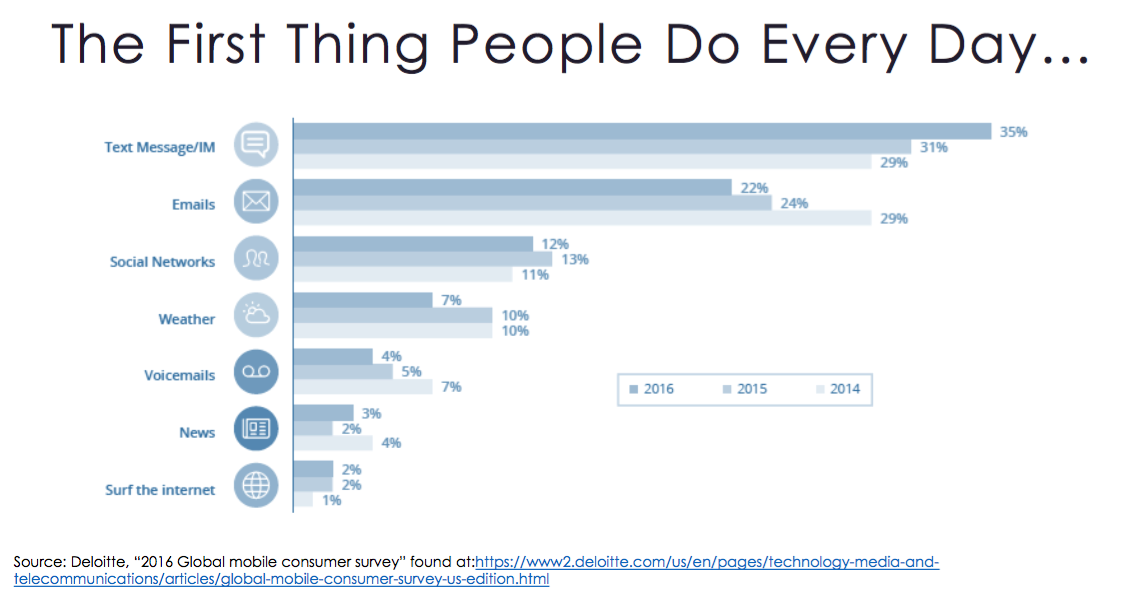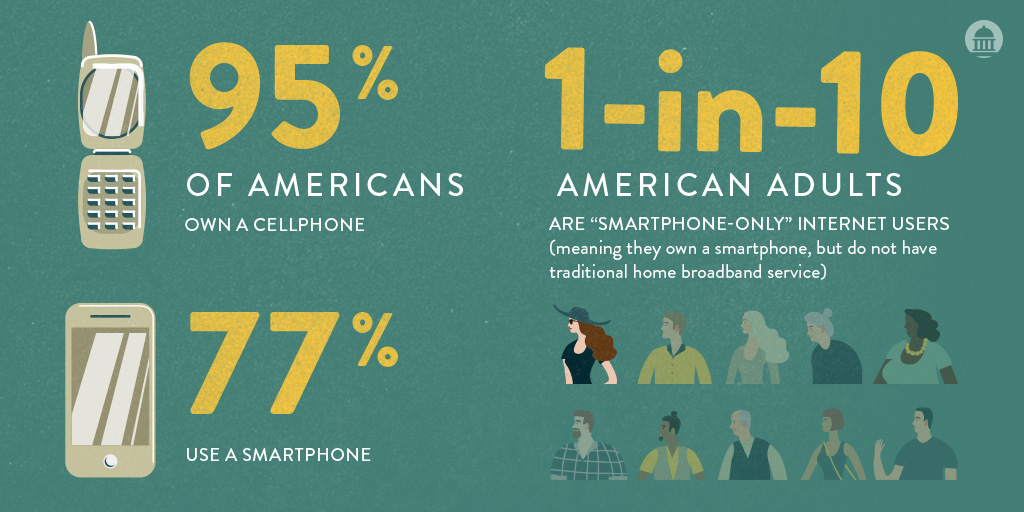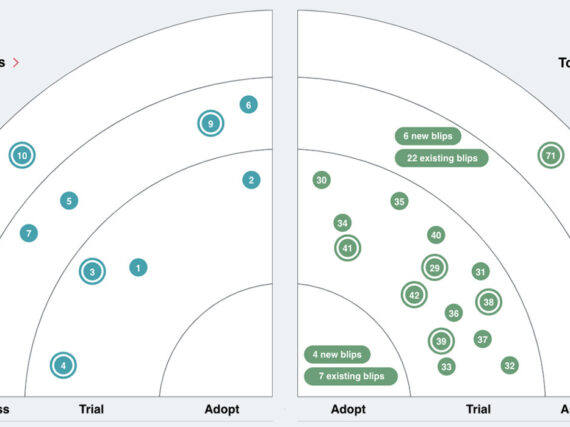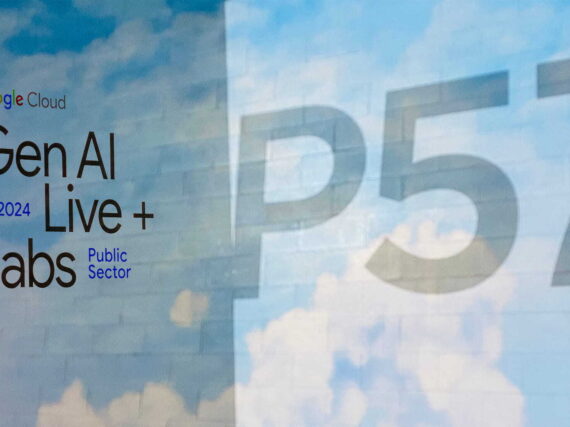According to a January 2017 Pew report, 95 percent of Americans now own a cellphone. Of that, 77 percent have an internet-capable smartphone, up from 35 percent with a smartphone in 2011. Beyond that, more than “one-in-ten American adults are ‘smartphone-only’ internet users.” This means they own a smartphone, and don’t have broadband at home.
If you’ve not been paying attention, we live in an increasingly mobile world. And for a growing group of citizens, this world is entirely mobile. Now, more than ever, government agencies need to ensure they are communicating with citizens via their phones.
However, for agencies already taxed with other modernization challenges, mobile-first communications may seem like a low priority. Yet if the trends reported by Pew continue, a sizable portion of the population will primarily consume information via their handheld devices. Thus, it’s important that this group doesn’t become inadvertently disenfranchised.
Public sector lags behind private sector
The “2017 Public Sector Digital Communications Trends Report” produced by Granicus found that many government agencies believe they are behind the private sector in adapting to the changing needs of citizens.
Their survey of 1,200 government communicators across all levels of government returned a mixed scorecard on the public-sector’s response to the shifting device landscape. For example, when it comes to mobile communications, as many as “half of survey respondents said they believe the public sector is doing below average.”
This probably comes as no surprise to many. Our clients often tell us that the following challenges make it hard to keep up:
- Lack of staff and resources (almost 40 percent of respondents to the Granicus survey said lack of resources is their greatest challenge)
- Rigid legacy systems that don’t easily support mobile users
- Budget constraints that limit the ability to address the first two points
As we’ve suggested, failing to overcome these challenges may soon result in very real issues. Already 10 percent of the adult population are smartphone-only users that may not be reached by traditional channels. Furthermore, they may be unable to access and/or apply for non-mobile online services.
How to catch up?
How can government agencies provide digital communications to best engage their intended audience?
Step one is to become more customer-centric. In a previous post, “Why We Need a Customer-Centric Revolution,” we offer some key practices for how to get to know your intended audience.
Granicus also provides sage advice that applies this customer-centric thinking specifically to digital communications. In a webinar on “Engaging the Modern Citizen,” they suggest the following five tips to determine how best to connect with your audience:
#1: Understand & Communicate the Need
- What information do you need to communicate to citizens and what is the goal of your communications plan?
#2: Internal Audit of Services
- What communications tools are currently being used, what are the success metrics, and how can these be improved?
#3: Involve Citizens in the Process
- How does your audience like to be reached? (Ask them.)
#4: Allow Technology to Enter The Picture
- Are there communications tools out there that can get the job done while you sleep?
#5 Test and Re-Test
- Does your subscriber growth, Google Analytics, and website traffic reflect an increase from your efforts?
Mobile communication
In the “2016 global mobile consumer survey: US edition” produced by Deloitte, it’s clear that for the majority of people, email and text messaging are already the primary form of communication.

As we see greater reliance on communicating with the computers in our pockets, we can expect to see even more services migrate to mobile. Banking, shopping, content consumption, and others are taking the lead on this.
So how does the public sector overcome the challenges of limited resources and budget, and outdated systems?
For one, to take the pressure off limited staff, providers like Granicus offer “force multiplier” outbound communication tools. As a result, agencies can to do a better job at providing the right content via the best vehicles to meet the needs of the audience.
Mobile-first modernization
Modernization of legacy systems need not be such a big hurdle either. Current web development frameworks can deliver a modern, mobile-responsive experience without requiring total system replacement. This is an approach we’ve employed for several agencies to great success.
While many of us providing government services sit at a computer all day, an increasing number of people are quite happy with only a phone to handle all of their communication needs. With this in mind, we encourage the public sector to shift to a mobile-first mindset to reach the broadest possible audience.
What has been your experience with the mobile-first world? Let us know if we can help to clarify your mobile communications needs.







